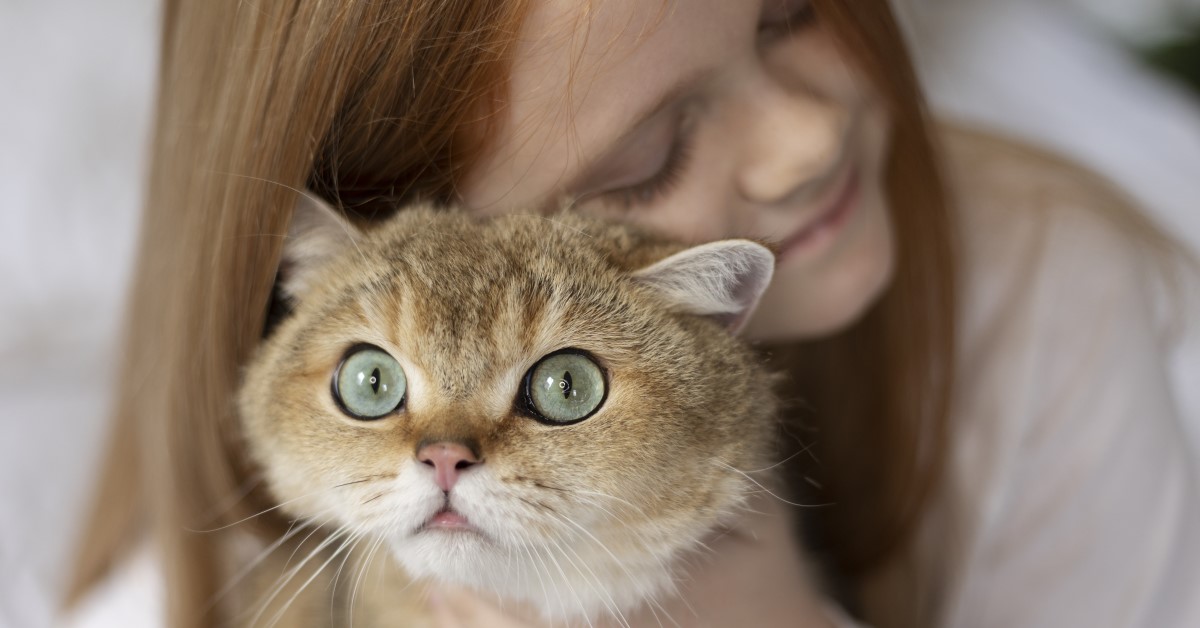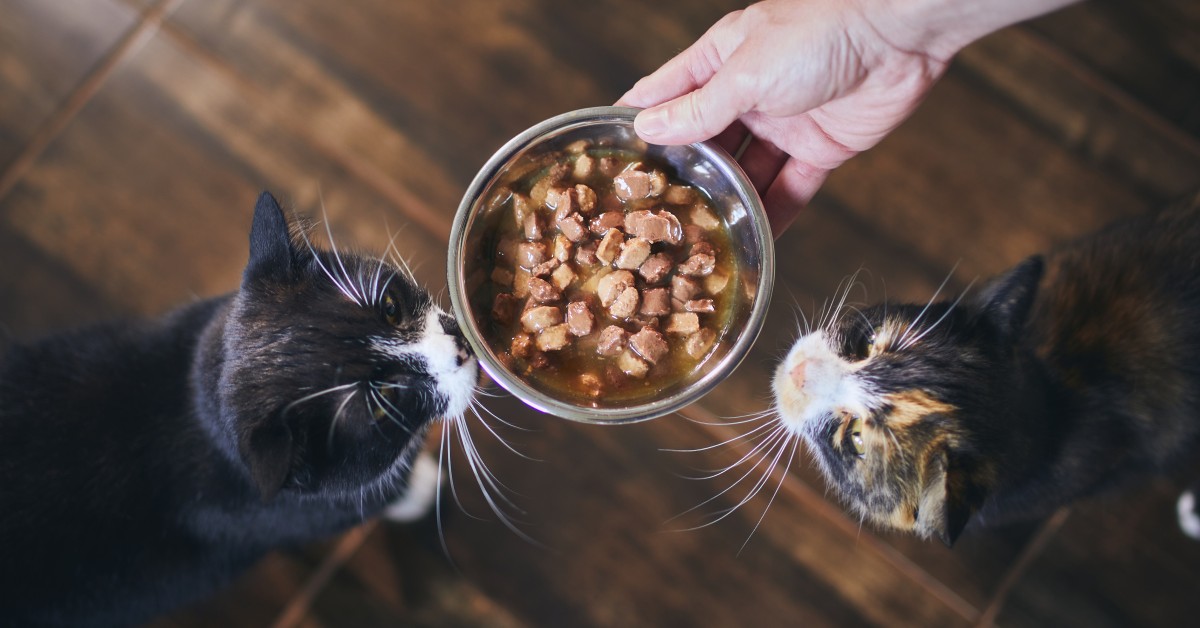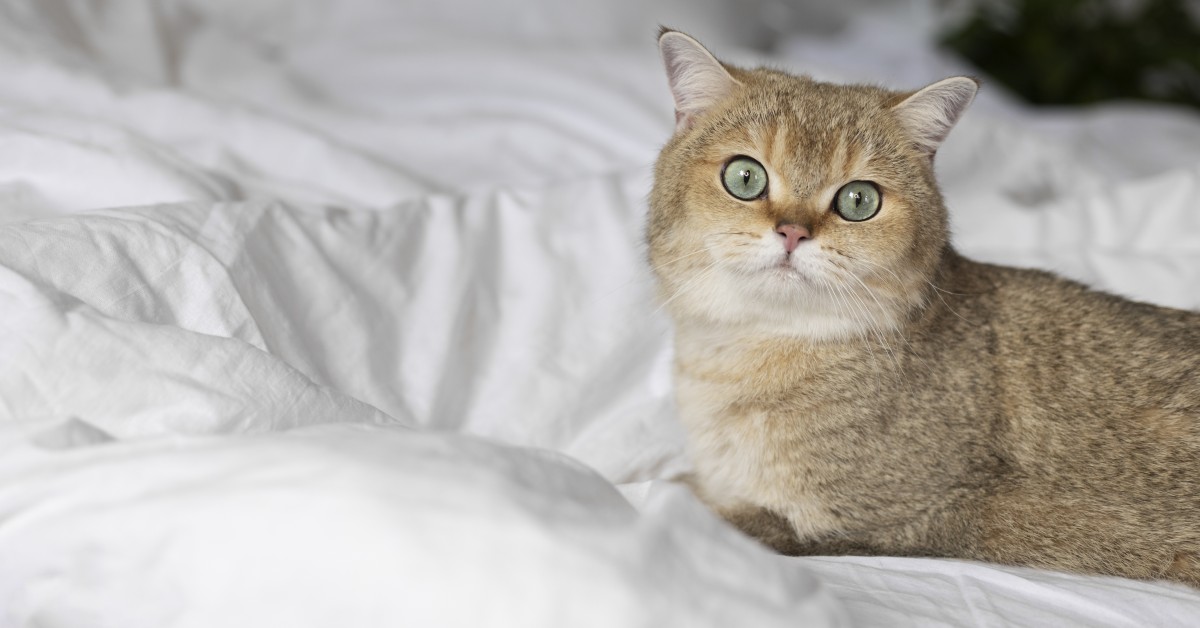Facts About Cats: Understanding Your Cat's Eyes and Vision
Here's how you can care for the health of your kitty’s eyes and vision.

Cats' eyes have the same basic structures as human eyes, but they also have some surprising differences. Unfortunately, their eyes share the same vulnerability to damage and disease as our own. Let's take a look at some of the common challenges to feline vision and health so you can recognize potential problems in your own cat, schedule the appropriate treatment, and help your kitty cope with a visual impairment.
Cats are known for many unusual features, but perhaps none is as striking as their expressive eyes, with their beautiful colors and characteristic "slit" pupils. Although your cat uses a variety of senses to navigate its way through life, healthy vision is still an important aspect of its quality of life. Let's take a look at some potential feline vision issues, cat eye diseases, and cat injuries, from their causes and symptoms to what you can do about them.
How Cats Normally See
If you think of cats as magical creatures that can see in the dark, you might be surprised to learn that, in some respects, cats can't see as well as we can. While it's true that a cat can see up to six times better in the dark than a human, it's also true that cats' eyes lack the contrast range and color perception of human eyes.
Cats are also nearsighted by nature. This nearsightedness hurts their ability to see distant objects clearly but actually helps them hunt prey close at hand. Meanwhile, your cat depends on its amazing senses of smell and hearing to make up for any shortcomings in vision.
Eye Diseases in Cats
A variety of health conditions can place additional restrictions on your feline friend's eyesight. Eye diseases in cats include:
- Cataracts - Opaque collections of proteins in the eye's lens, resulting in reduced vision and potential blindness.
- Glaucoma - A painful degenerative condition caused by excess pressure inside the eye, that eventually destroys the optic nerves.
- Entropion - Abnormal eyelid formation that forces the eyelids to rub against the corneas, damaging them in the process.
- Conjunctivitis - An infection or inflammation of the membrane that sits on the white of the eye, resulting in redness, discharge, and possible corneal damage.
- Uveitis - A painful inflammation of the colored part of the eye that produces similar symptoms to conjunctivitis.
- Eyelid mass - A mass or tumor on the eyelid that could prove malignant.
Cat Eye Injuries
Injuries to your cat's eyes can cause serious trauma, pain, and loss of vision, especially if they go untreated. Cat eye injuries can range from a detached retina or permanently scratched cornea to proptosis, in which the eyeball actually pops out of its socket. Common causes of cat eye injuries include impacts with twigs or shrubs, fights with other animals, and destructive pawing at an irritated eye. A cat that goes near fireworks or hangs its head out of a moving car can suffer impact-related eye injuries.
Treatment for Cat Eye Problems
Treatment for cat eye problems depends on the nature of the problem itself. Medication can often control the progression of glaucoma, with antibiotics proving effective against bacterial infections. If an irritation causes your cat to rub its eye obsessively, your veterinarian may prescribe a neck collar to help prevent further injury.
Since underlying health problems can contribute to cat eye diseases, medical treatment for those conditions may benefit an affected cat's eyes. For example, treatment for kidney disease or high blood pressure can reduce your cat's risk for retinal detachment or help keep a retinal detachment from recurring.
Some cat eye issues respond well to surgery. For instance, veterinarians can use surgery to remove cataracts and eyelid masses, or to correct a case of entropion. A severely damaged eye might require complete removal.
Caring for a Visually Impaired Cat
Even if you've done your best to give your cat's eyes the care they need, some situations might inevitably produce visual impairment or outright blindness. Fortunately, a cat can adjust quickly to this new situation -- with a little help from a considerate owner.
If your cat has lost its ability to see, keep its food, water, litter box, and favorite toys in their regular places to make them easy to find. Talk to your cat to let it know when you're about to pet it or pick it up. Provide it with new toys that squeak, jingle, or make other readily identifiable noises. Place pads of different textures at the entrances of specific rooms so your cat can always figure out which part of the house it's in.
Schedule a Cat Eye Exam With Your Veterinarian
The easiest way to keep on top of your cat's ocular well-being is to schedule regular veterinary exams, which typically include eye and vision evaluations. While a feline veterinary clinic has extra skills and expertise when it comes to examining and treating cats, a skilled general veterinarian will work just fine for this purpose as well. Your vet can check for common eye issues, prescribe any necessary treatment, and answer any questions you might have about helping your cat cope with limited vision. See for yourself what the right kind of care can do for your kitty!
Ready to start saving money on pet wellness care?
Then take a look at Mint Wellness, the pet wellness plan that provides fast reimbursement on routine pet care. Save on vaccinations, wellness exams, preventatives, dental, and more!
Learn More


